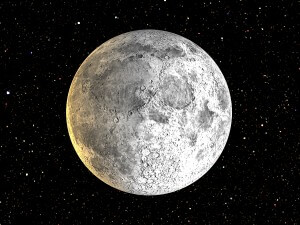 NASA has decided to delay the launch of the five unmanned rockets that it planned on shooting into the sky on March 14, 2012. The rockets were part of the Anomalous Transport Rocket Experiment (ATREX) project. The purpose of the project is to gather more information about the process that is responsible for the high-altitude jet stream that exists 60 to 65 miles above the Earth’s surface.
NASA has decided to delay the launch of the five unmanned rockets that it planned on shooting into the sky on March 14, 2012. The rockets were part of the Anomalous Transport Rocket Experiment (ATREX) project. The purpose of the project is to gather more information about the process that is responsible for the high-altitude jet stream that exists 60 to 65 miles above the Earth’s surface.
The reason for the delay is because there was an internal radio frequency interference problem with one of the payloads on the rockets. NASA scientists are going to look into this problem, study the weather reports, and select another night for the launch of the rockets.
There is potential that the launch will happen at night on Friday, March 16, 2012. That would be the first night within the window of time that they can select for a new launch. The window stretches to April 3, 2012. It remains to be seen exactly when the “five rockets in five minutes” launch will actually happen. So, pay attention to news from NASA, and keep watching the skies.
In the meantime, you can check out two brand new videos of the moon that NASA released on March 14, 2012. The team at NASA Goddard Space Flight Center, which is in Greenbelt, Maryland, released these two amazing videos of the moon now for a very interesting reason. It is because the NASA Lunar Reconnaissance Orbiter (LRO) has now been in orbit for 1,000 days.
The LRO is a robotic scout that is orbiting the moon on a low 50 km polar mapping orbit. The purpose of Lunar Reconnaissance Orbiter is to create a detailed, 3D map of the moon, to identify areas on the moon that would be a safe landing site, and to locate potential resources that are located on the moon. It also is going to gather information about the radiation that is present in the environment.
One of the videos is called Evolution of the Moon. The moon did not always look like it does today. The video shows you when the craters and other features were formed, and what happened that caused their creation. Obviously, this is done with animation, but that doesn’t detract from how awesome the video is.
The other video is called A Narrated Tour of the Moon. This video shows you incredibly clear, sharp, images of the moon, as a narrator describes the significance of what you are seeing. It includes views of Orientale Basin, Shackleton crater, South Pole – Aitken Basin, Tycho crater, Aristarchus Plateau, Mare Serenitatis, Compton-Belkovic volcano, Jackson crater and Tsiolkovsky crater. The video footage was filmed by the LRO.
Image: The Moon by BigStock.




